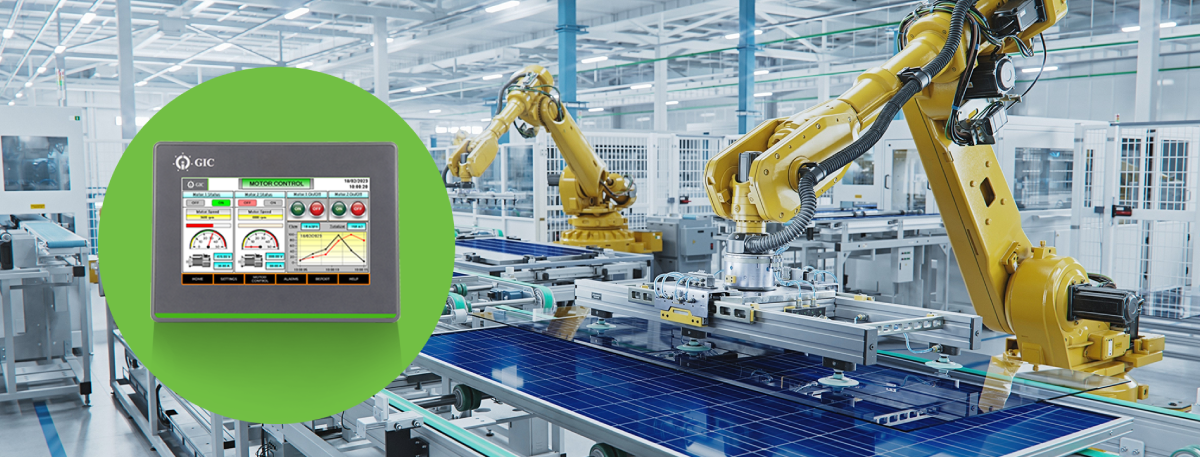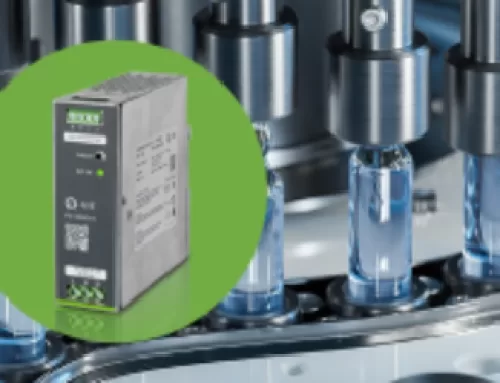
How does HMI support increasing productivity and quality?
Human Machine Interface (HMI) technology, especially those offered by General Industrial Control (GIC), plays a significant role in enhancing productivity and quality of products. Using GIC’s expertise, let’s explore how HMI contributes to enhancing these critical aspects:
1. Real-Time Monitoring and Control:
- Immediate Data Access:GIC’s HMI solutions provide operators with real-time access to critical data, enabling them to monitor various parameters and processes in real time.
- Prompt Decision-Making: Quick access to real-time information through GIC’s HMI allows operators to make prompt decisions, addressing issues promptly and minimizing downtime.
2. Efficient Process Control:
- User-Friendly Interfaces: GIC’s HMI systems offer user-friendly interfaces that empower operators to control and manage processes with precision.
- Reduced Error Rates: Intuitive touch screens and graphical displays from GIC reduce the likelihood of errors, ensuring accurate control inputs and consistent process execution.
3. Automation and Streamlining:
- Task Automation: GIC’s HMI plays a pivotal role in automating repetitive tasks, reducing the need for manual interventions and allowing for consistent quality and throughput.
- Workflow Optimization: Automation facilitated by GIC’s HMI contributes to streamlined processes, optimizing workflow efficiency and resource utilization.
4. Data Analysis for Continuous Improvement:
- Comprehensive Data Logging: GIC’s HMI systems enable comprehensive data logging, facilitating the collection of historical data for analysis.
- Identification of Patterns: Through trends, alarms, and recipe management, operators using GIC’s HMI can identify patterns, bottlenecks, and areas for improvement, fostering a culture of continuous improvement.
5. Enhanced Operational Visibility:
- Holistic View of Operations:GIC’s HMI provides operators with a comprehensive view of the industrial environment through graphical displays and interactive dashboards.
- Proactive Issue Resolution: The heightened visibility from GIC’s HMI allows for proactive monitoring, enabling operators to identify and resolve issues before they escalate.
6. Customization for Specific Applications:
- Tailored Interfaces: GIC’s HMI systems can be customized for specific industrial applications, ensuring that the interface aligns with the unique requirements of the process.
- Adaptability: The adaptability of GIC’s HMI to different applications enhances its effectiveness in diverse industrial settings, promoting a customized and optimized user experience.
7. Improved Operator Training and Familiarization:
- Simulated Environments: GIC’s HMI systems can be utilized for operator training in simulated environments, reducing the learning curve for new personnel.
- Enhanced Proficiency: By providing a hands-on training experience, GIC’s HMI contributes to enhanced operator proficiency, leading to improved operational outcomes.
In summary, HMI, with the expertise of GIC, serves as a cornerstone in industrial automation, playing a pivotal role in increasing productivity and ensuring product quality.
Using GIC’s HMI, industrial processes become more efficient, agile, and quality-focused through real-time monitoring, efficient process control, automation, data analysis, enhanced visibility, customization, integration with advanced technologies, and improved operator training.




